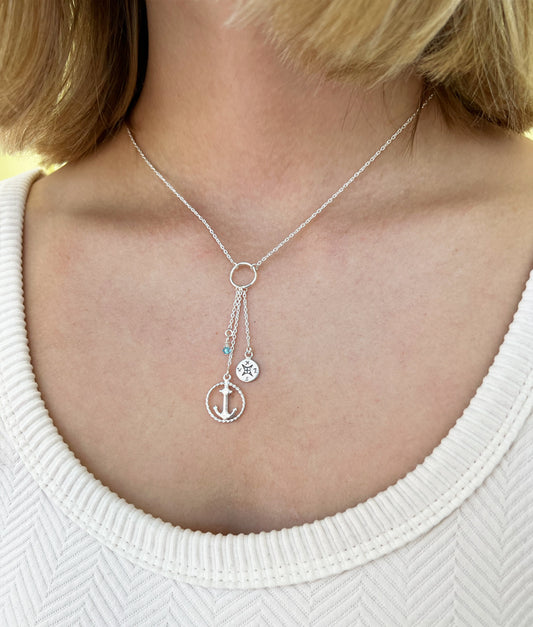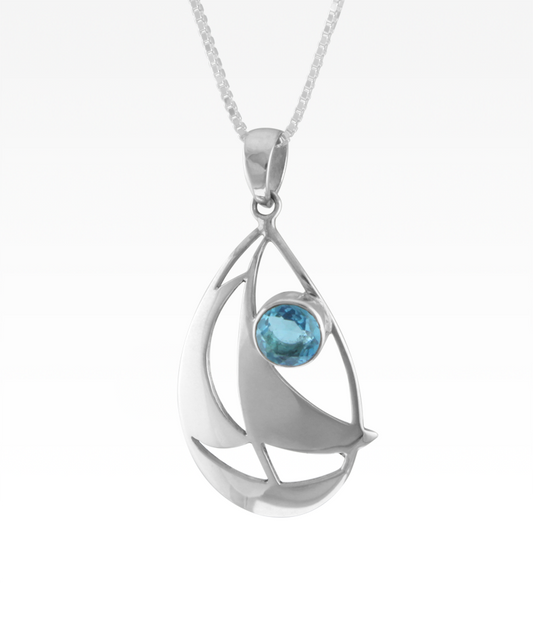Blue topaz is a traditional birthstone for December. Turquoise, Lapis and Blue Zircon are all alternates.
From the time of the Middle Ages, topaz was a prized stone that remained rare until discoveries of large deposits in Brazil in the mid 19th century.
The ancient Greeks believed topaz gave them strength, and for centuries people in India thought that topaz worn above the heart assured long life, beauty, and intelligence.
In Renaissance Europe, people supposed that topaz could break magic spells and dispel anger.
Topaz is a symbol of love and affection and has been said to aid to one's sweetness and disposition. It is an ideal stone for travelers, protecting them from homesickness and danger.
Turquoise is one of the world's most ancient gems. Its name means 'Turkish stone', as it was first imported to Europe via Turkey.
Turquoise can be a uniform color or have attractive patterns of brown, grey, or black veins, known as 'matrix'. Since turquoise is opaque and rarely faceted, it is usually cabochon cut or turned into beads.
Over 6,000 years ago, Persians believed turquoise prevented fatalities. Ancient Egyptian and Chinese cultures prized turquoise jewelry and carvings.
Indigenous tribes of the American Southwest used turquoise as a ceremonial and decorative gem, as well as currency. The Apache believed that attaching turquoise to a bow or firearm increased a warrior's accuracy.
Turquoise is thought to bring good health, good fortune, and protection from evil. It promotes a sense of well-being and spiritual harmony.
 Sold out
Sold out Sold out
Sold out Sold out
Sold out Sold out
Sold out Sold out
Sold out Sold out
Sold out
 Sold out
Sold out
 Sold out
Sold out
















